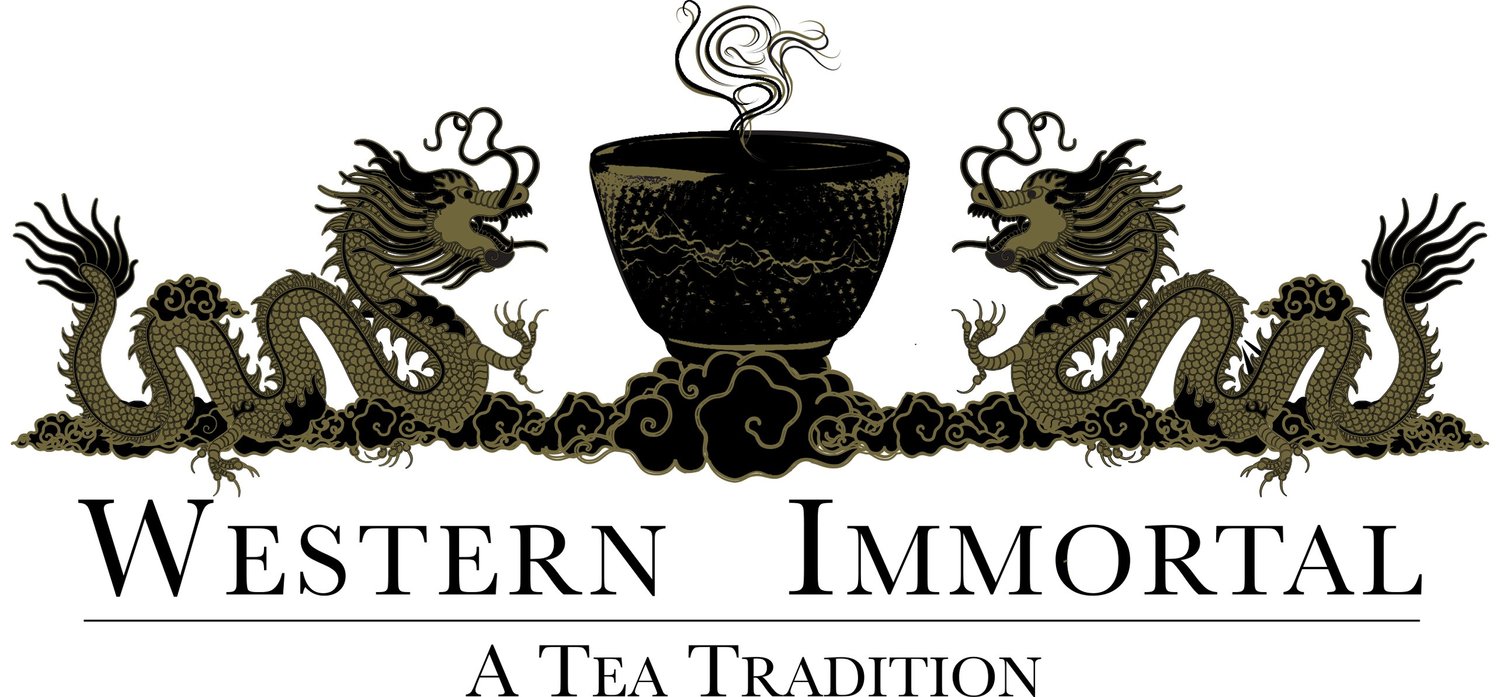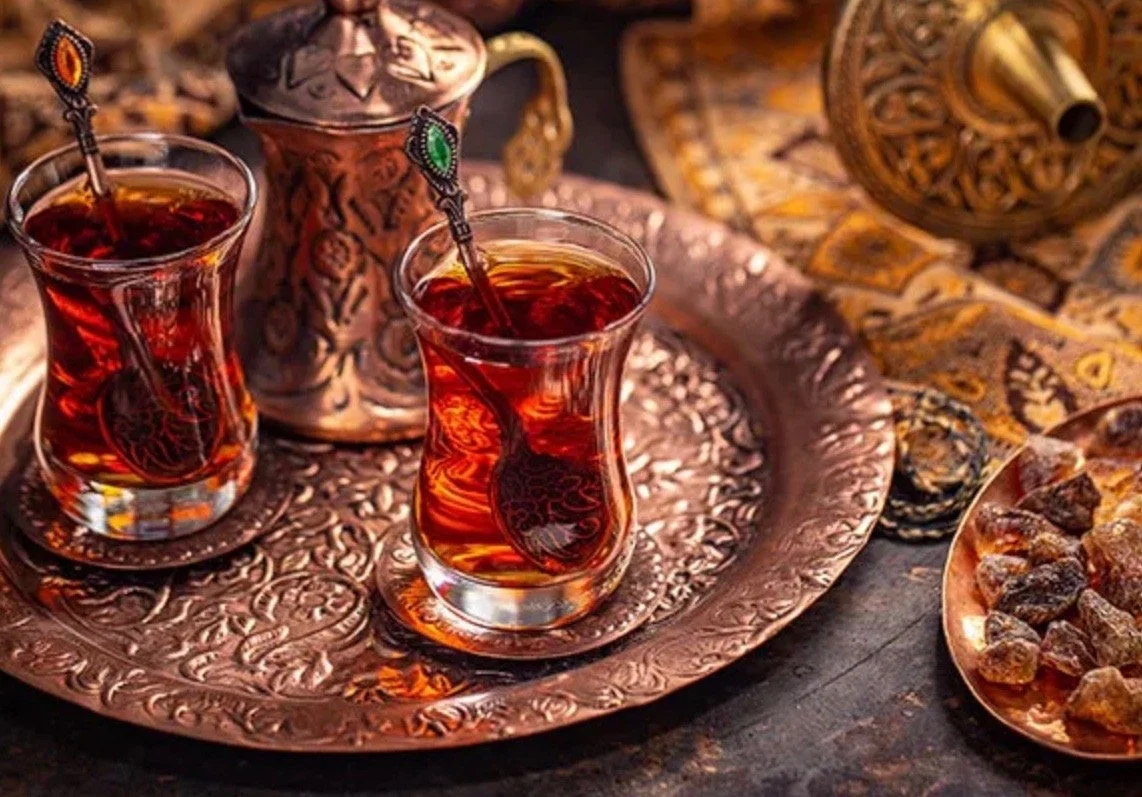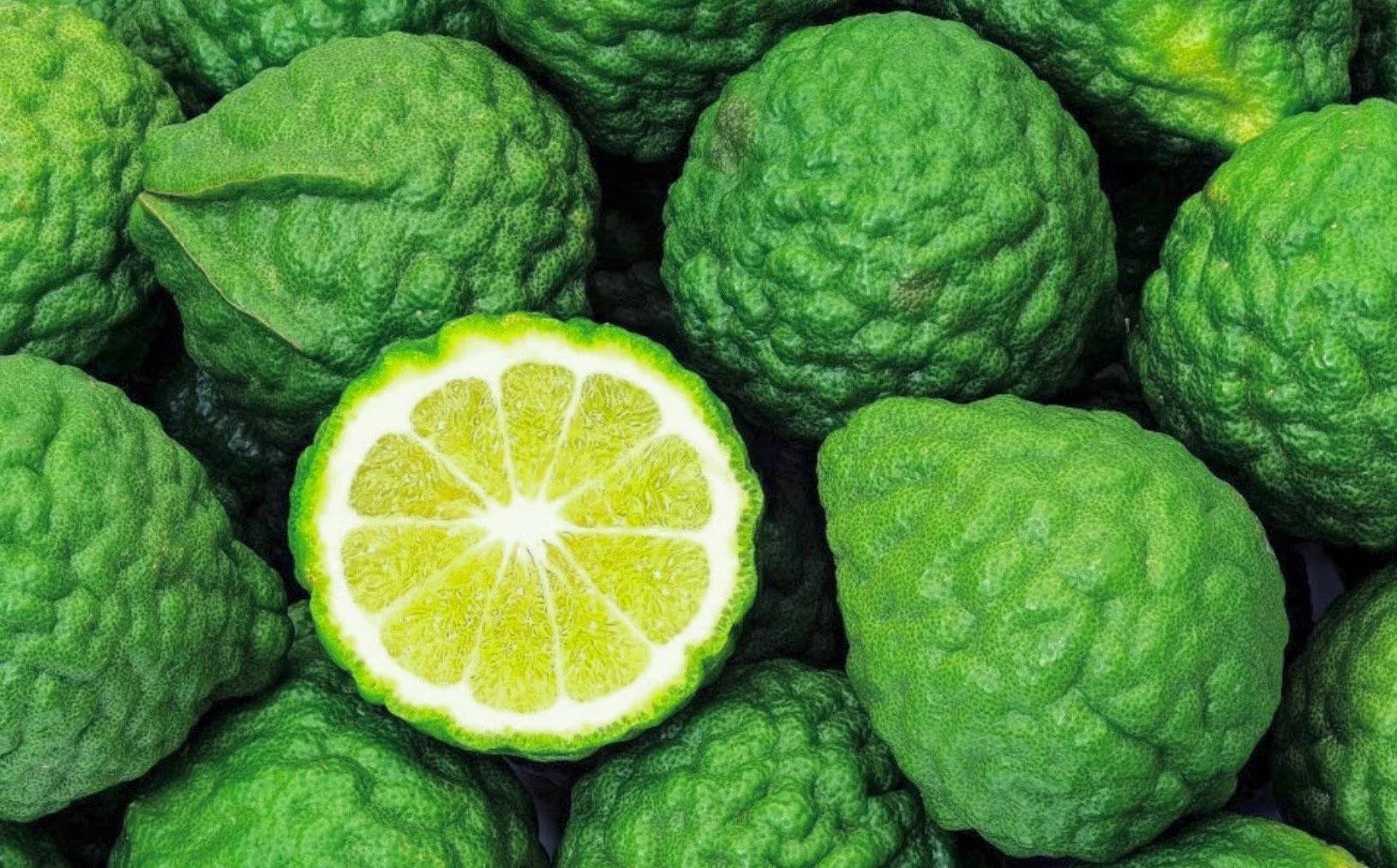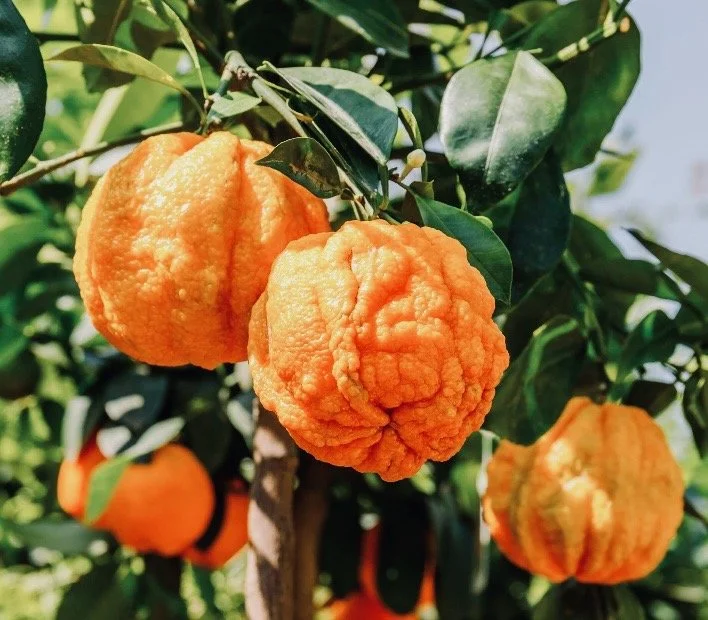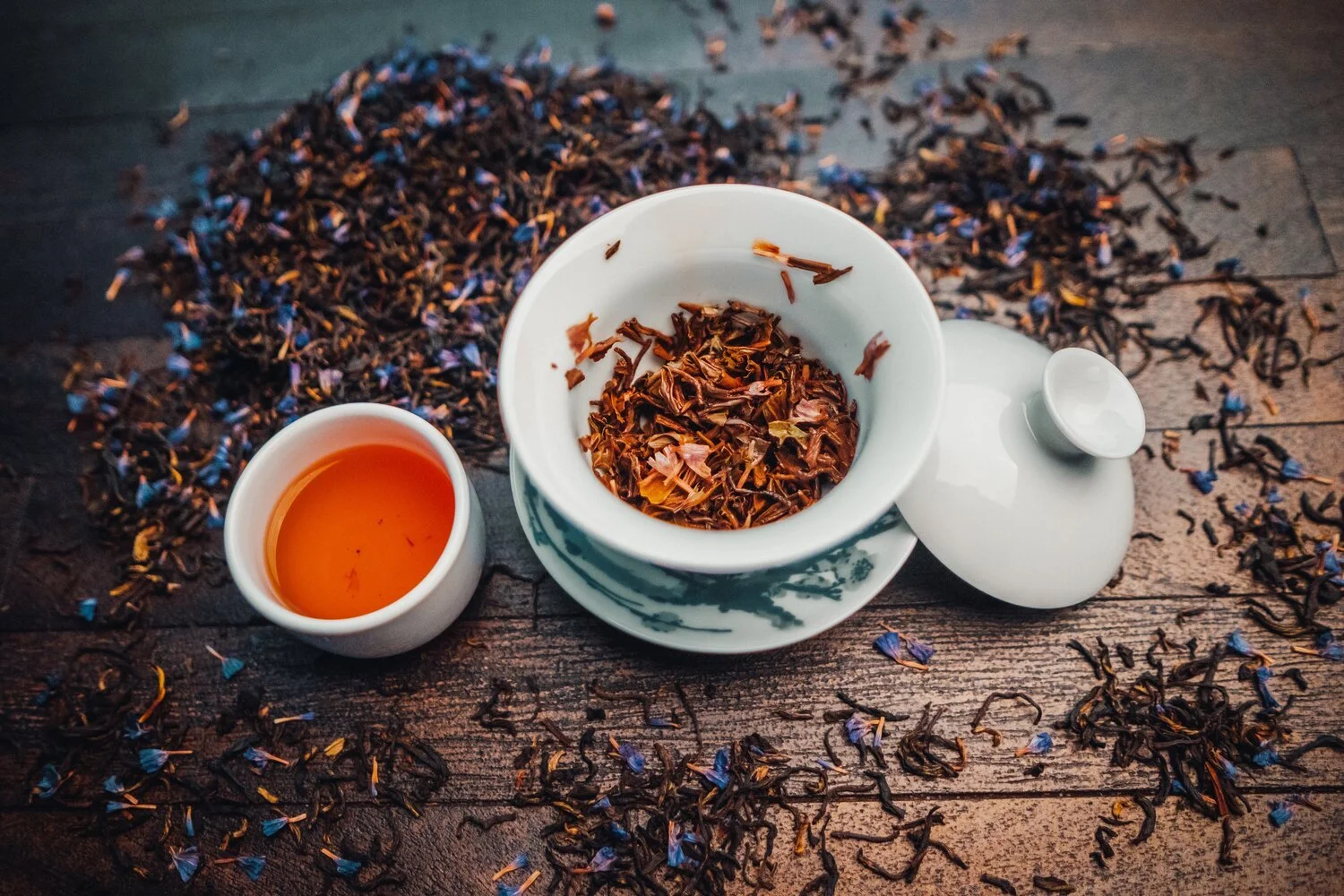The (Very) Mysterious Origin of the Earl Grey Tea Recipe: What’s the Truth?
Traditional Persian Tea
Part 2:
Through the Bergamot Scented Looking Glass
Have we gotten to the bottom of it? Have we solved the mystery?
These stories and theories sound all well and good, but none ever sat quite right with me, at least, not in any kind of final way. It never seemed like the whole story; there always seemed to be some huge part missing.
It’s because I’ve had Earl Grey, except it wasn’t called Earl Grey; it was called Persian tea. I tasted it, and the ingredients were the same: a strong black tea mixed with bergamot oil. Even more strangely, words like ‘old’ and ‘traditional’ were thrown around when referring to this Persian tea by its native drinkers. This tea had certainly been around for a while, but for how long? Could it be older than ‘Earl Grey proper?’ I have enjoyed this tea many times, and sometimes, a little rose hip or other variation has been thrown in, but the basic tea’s recipe was the same. I would later learn that there are similar variations of Turkish tea. Which came first? There are also all the versions of stories we covered of how the Earl got his recipe from some other older recipe. Instead of researching stories, perhaps our search for answers would bear more fruit (pun intended) if we delved more deeply into bergamot’s history. This is where we must look at variations of what we call Earl Grey’s recipe or those teas that may not have always been tied to his name. We are no longer in ‘Earl Grey proper’ territory. Here, things also start to get weird.
Bergamot Fruit’s OriginBergamot Oranges
To reiterate, it is widely referenced that bergamot grows almost exclusively in Italy; specifically, Calabria along the southern east coast of the Reggio area, but bergamot production is also reported in East Africa, Côte d’Ivoire, Argentina, Brazil, Turkey, and a few other Mediterranean countries. The very first mention of bergamot was in reference to the Rutaceae family of the Citrus genus, mentioned by the Italian botanist and, significantly, orientalist Ferrari in 1646. By this time, its use was already seemingly normal and widespread in the area. The evidence seems to indicate that bergamot originated sometime before this in Southern Italy by cultivation. Most authors agree that these assertions are factual.
However, to confuse matters, while the details of the bergamot fruit’s history are mostly agreed upon, some sources claim very different histories that don’t match the main narrative. Some claim the bergamot citrus tree originated in Southeast Asia, where all citrus trees originated from. It was brought out of Asia to Persia along the Silk Road and then traded to different countries around the Middle East and then the Mediterranean. That is how it eventually ended up in Italy. It is said that bergamot was introduced to Persia sometime before the first century AD. There are even sources that say bergamot has existed in China since ancient times and was not introduced to Europe until the Victorian era (not contradictory at all here, are we!?). Some claim a version of Persian tea was scented with bergamot oil around the 1st century AD, and yet other sources claim that ‘modern bergamot’ was finally hybridized in Italy by horticulturists around 1000 AD. Wait a minute, if this is true, is there an ancient version of bergamot that is different from our bergamot? How are we supposed to know which bergamot is which? How do we reconcile these different accounts?
Enter The Bitter OrangeBitter Oranges
There is another giant twist in this story, and that is made of bitter orange. There may be confusion in some sources that interchangeably reference bergamot and bitter orange as they are quite similar and often grouped together. What is bitter orange, you may ask? The bitter orange, the ‘grandmother’ of all oranges, originated in either northern India or Southeast Asia. It was imported into Europe by the Moors through Seville, Spain around the 10th century. According to genetic research, bergamot is most likely a hybrid of bitter orange and lemon, though some believe it is lemon and lime or lime and grapefruit. Bergamot appears to be a strikingly close relative of bitter orange in characteristics and flavor, having a similar rough peel and hearty astringency, with bergamot having an even more aromatic rind. They are very well interchangeable in many recipes with not too big a flavor change.
Now, a couple of very big questions arise. One, did Earl Grey recipes from across the Middle East, Persia, and possibly China spread after the advent of ‘Earl Grey proper,’ or before? Two, if the answer is before, do these older tea recipes reference ‘modern bergamot’ or bitter orange? These questions are very difficult to answer with a high degree of certainty, to say the least.
Persia, The Ottoman Empire, and Ancient TradeAbu Rayhan al-Biruni
Let’s look at Persia and the actual tea plant. The exact time when Camelia sinensis, the tea plant, entered Persia is a mystery. One of Persia’s greatest scholars and intellectuals, the great Abu Rayhan al-Biruni, mentions tea in his Ketab al-Saydana, probably written around the 11th century. Though many scholars seem to agree that tea entered Persia via the Silk Road on Mongol caravans around the 13th century, it perhaps did not become widespread through Persian culture until the 18th century. Amir Kabir, a chief minister in the mid-19th century, and Kashef al-Saltaneh, a politician and diplomat, are highly credited with making tea more of a mainstay in Iran. However, it is known that tea was already widely consumed at the time, mostly black tea imported from India (There is similar academic disagreement for tea’s entrance into Turkey with some saying as late as the 20th century or as early as 400 BC). So, what made modern Persian tea Earl Grey flavored? Some say Earl Grey became the tea of choice by the mid-20th century in Iran, and it wasn’t until as late as the 1970s that Iran had its own version of Earl Grey as normal Persian tea. However, a version of Persian tea flavored with bitter orange is most definitely older than this. It is called Narenj (in Farsi, the language of Iraq), whereby bitter orange is known to be blended into Persian tea and is still enjoyed alongside the true bergamot variation. So, one possibility is that a newer bergamot blend mostly displaced the older bitter orange blend, and, indeed, if you thought bitter orange-flavored black tea was also an old combination in China, you’d be absolutely right.
Ottoman Empire during it’s height
Here’s another possibility that is definitely not mainstream: it is possible that real ‘modern bergamot’ was spread from Italy by the Turkish Ottoman Empire. It is called bey armut, after all. The Ottoman Empire ruled much of the Mediterranean for several centuries. There is ample evidence that Italy traded with the Ottoman Empire throughout its history. The Ottomans traded all over the Middle East, including with Persia. It is conceivable that ‘modern bergamot’ as we know it spread across the Middle East via the Ottomans. This may have led to older variants of true bergamot-flavored Turkish and Persian teas. In other words, older Earl Greys. There was so much trade along the Silk Road at the time that trading bergamot with China may have been possible, but it was unlikely. Perhaps there are some very old-school Turkish or Persian tea enthusiasts who would know if there is any truth to this.
What's the Truth?Here are the facts we know. The further back we go, the harder it is to trace these kinds of things through documentation. Almost all citrus species likely originated in Southeast Asia’s subtropical regions thousands of years ago and spread to the rest of the world by ancient land and sea routes. Most lineages are undocumented and may be impossible to track, which is the problem. Maruca et al., in their The Fascinating History of Bergamot, perhaps say it best: “The lineages that gave rise to most modern cultivated varieties have been lost in undocumented antiquity, and their identities remain controversial.”
What is most likely? Bergamot was cultivated in Southern Italy. It is possible the Earl got the recipe for a black tea flavored with bitter orange from China, and the older recipes were all bitter orange black tea. He then asked his tea merchant to duplicate the recipe, which he did with bergamot as a substitute for bitter orange. Maybe the Earl even got the idea to use bergamot from Corfu. This ‘Earl Grey proper’ then supplanted traditional native black and bitter orange tea blends in Persia and Turkey, and much later, even some in China. Just maybe.
How can the Earl Grey mystery inform the other stories we tell about our history and our lives? I think I’ll just enjoy the feeling of certainty that comes from enjoying my cup of Chinese bergamot-flavored tea and not worry too much about it.
Our Earl Grey, made with premium Yunnan black tea
by Dr. Niko Olympiadis
Sources:
A Tea Lover’s Treasury by James Norwood Pratt
Tea Dictionary by James Norwood Pratt
The New Whole Foods Ecyclopedia by Rebecca Wood
The Fascinating History of Bergamot by Maruca et al.
www.tea-and-coffee.com
https://www.sciencedirect.com/topics/agricultural-and-biological-sciences/citrus-bergamia
https://www.youngliving.com/en_gb/discover/history-of-essential-oils/history-of-bergamot
https://www.myearlgrey.com/articles/the-history-of-earl-grey-tea/
https://iranpress.com/persian-tea-what-iran-is-known-for
https://persiantea.com/pages/history-of-persian-tea
https://tisserandinstitute.org/bergamot-identity-crisis/
https://memorients.com/
